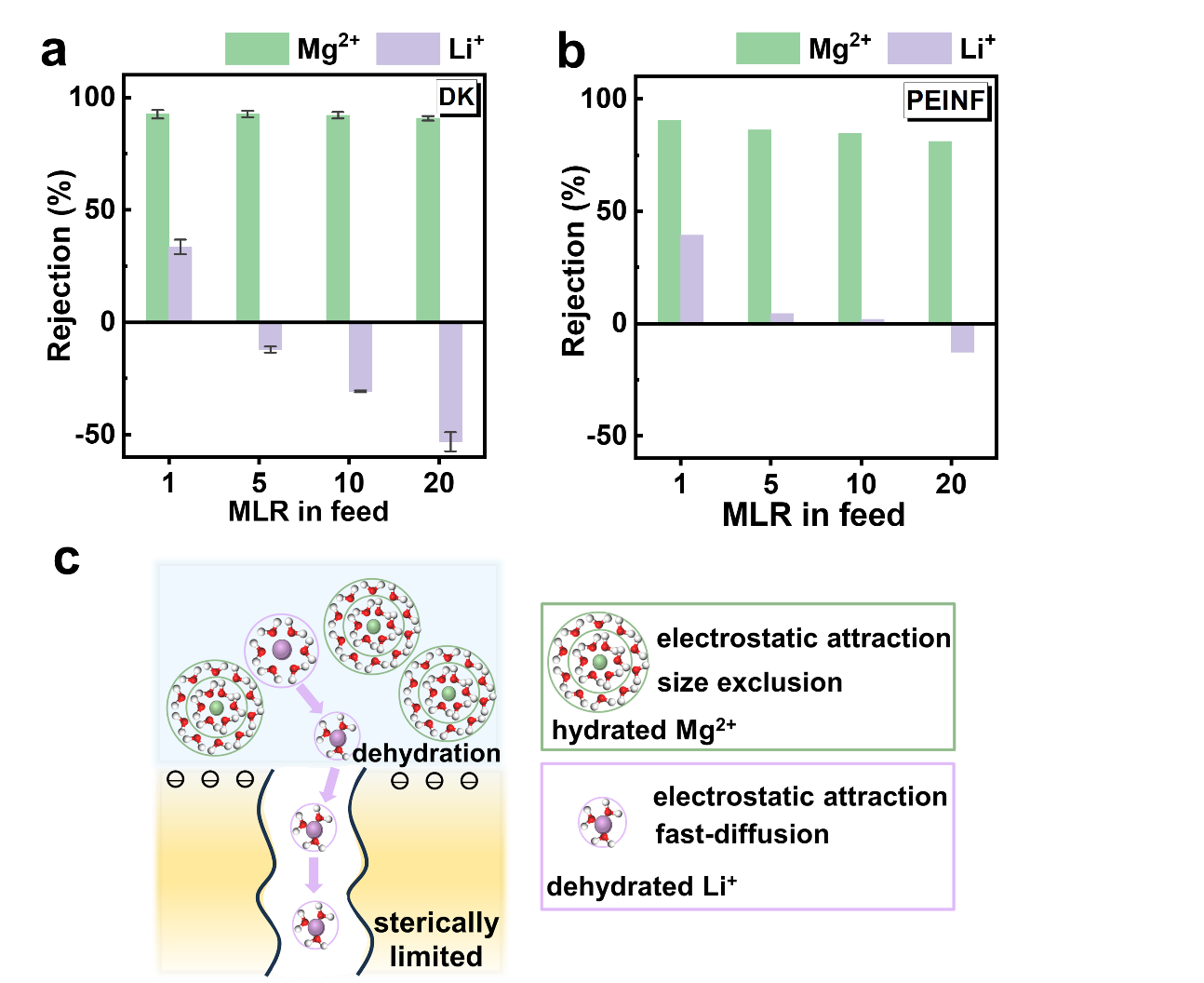2025-07-02 中国科学院(CAS)
 Location map of the present-day and Early Jurassic Junggar Basin. (Image by FANG Yanan)
Location map of the present-day and Early Jurassic Junggar Basin. (Image by FANG Yanan)
中国科学院南京地質古生物研究所とコロンビア大学の研究チームは、中国ジュンガル盆地のジュラ紀の湖成堆積物を分析し、太陽系の軌道変動と地球の炭素循環の関連を明らかにした。地層の詳細な解析により、地球と火星の軌道離心率変動に160万年周期の新たなリズムを発見し、太陽系の「軌道カオス」の地質学的証拠を提示した。さらに、約1.83億年前の温暖化イベント「Jenkynsイベント」とこの軌道周期の関係性を明らかにし、大気中のCO₂変動が炭素循環に与える影響を示した。湖成堆積物は地球全体の炭素変動をより忠実に反映する可能性があるとした。
<関連情報>
- https://english.cas.cn/newsroom/research_news/earth/202507/t20250702_1046681.shtml
- https://www.pnas.org/doi/10.1073/pnas.2419902122
火山によって誘発されたジェンキンズイベントに関連するカオス的火星-地球偏心サイクルに対するジュラ紀の制約 Jurassic constraints on the chaotic Mars–Earth eccentricity cycle linked to the volcanically induced Jenkyns event
Yanan Fang ynfang@nigpas.ac.cn, Paul E. Olsen , Jingeng Sha , +6 , and Bo Wang
Proceedings of the National Academy of Sciences Published:June 30, 2025
DOI:https://doi.org/10.1073/pnas.2419902122
Significance
The solar system is chaotic and the motions of the planets are unpredictable beyond about 60 Ma. Depositional environments, organic carbon content, and stable carbon isotopes ratios from paleo-high-latitude lake sequences in northwestern China show that the sensitive Mars–Earth orbital eccentricity cycle had a period of about 1.6 Myr during the late Early Jurassic (193 to 175 Ma), very different from today. One cycle at about 183 Ma, embraces the global Jenkyns Event triggered by the Karoo-Ferrar large igneous province causing global warming and migration of low-latitude plants into the region. Combined with older records from elsewhere, these data provide a 45 Myr window constraining possible solutions of planetary motions in the deep past.
Abstract
Solar system gravitational interactions are embedded in Earth’s record of climate, providing a way to bypass the 60 Myr limit imposed by chaos. Presently with a 2.4 Myr period, the Mars–Earth beat cycle of orbital perihelion frequencies is particularly sensitive to chaotic diffusion, potentially varying by more than a million years. Early Mesozoic (252 to 145 Ma) strata provide some constraints on this cycle, with evidence of a swing through most of the solution space from 1.8 Myr at 210 Ma to 2.5 Myr at 190 Ma and back to 1.6 Myr at 180 Ma. However, only the 1.8 Myr cycle is corroborated by geochronologic data and the 1.6 Myr period is disputed. Here, we show that variations in land-plant-dominated stable carbon isotopic ratios (δ13Corg) from the lacustrine, paleo-high-latitude Sangonghe Formation (Junggar Basin, northwestern China), reveal at least three 1.6 Myr Mars–Earth beat cycles centered at 183 Ma, tracking atmospheric CO2 isotopic composition in Earth’s exchangeable carbon reservoirs. Furthermore, the middle cycle includes the famous Jenkyns Event, expressed here by poleward migration of cheirolepidaceous conifers driven by CO2 warming from the Karoo-Ferrar large igneous province (LIP). Our data do not, however, support major, LIP-triggered input of isotopically light carbon and instead support CO2 amplification of local processes via warming and ecosystem change. Although requiring additional independent geochronological support, Sangonghe data help provide empirical constraints for filtering orbital solutions, tightening initial conditions, and testing gravitational models, as well as showing how extrinsic cyclical processes interact with a tectonic event, the Karoo-Ferrar LIP.



